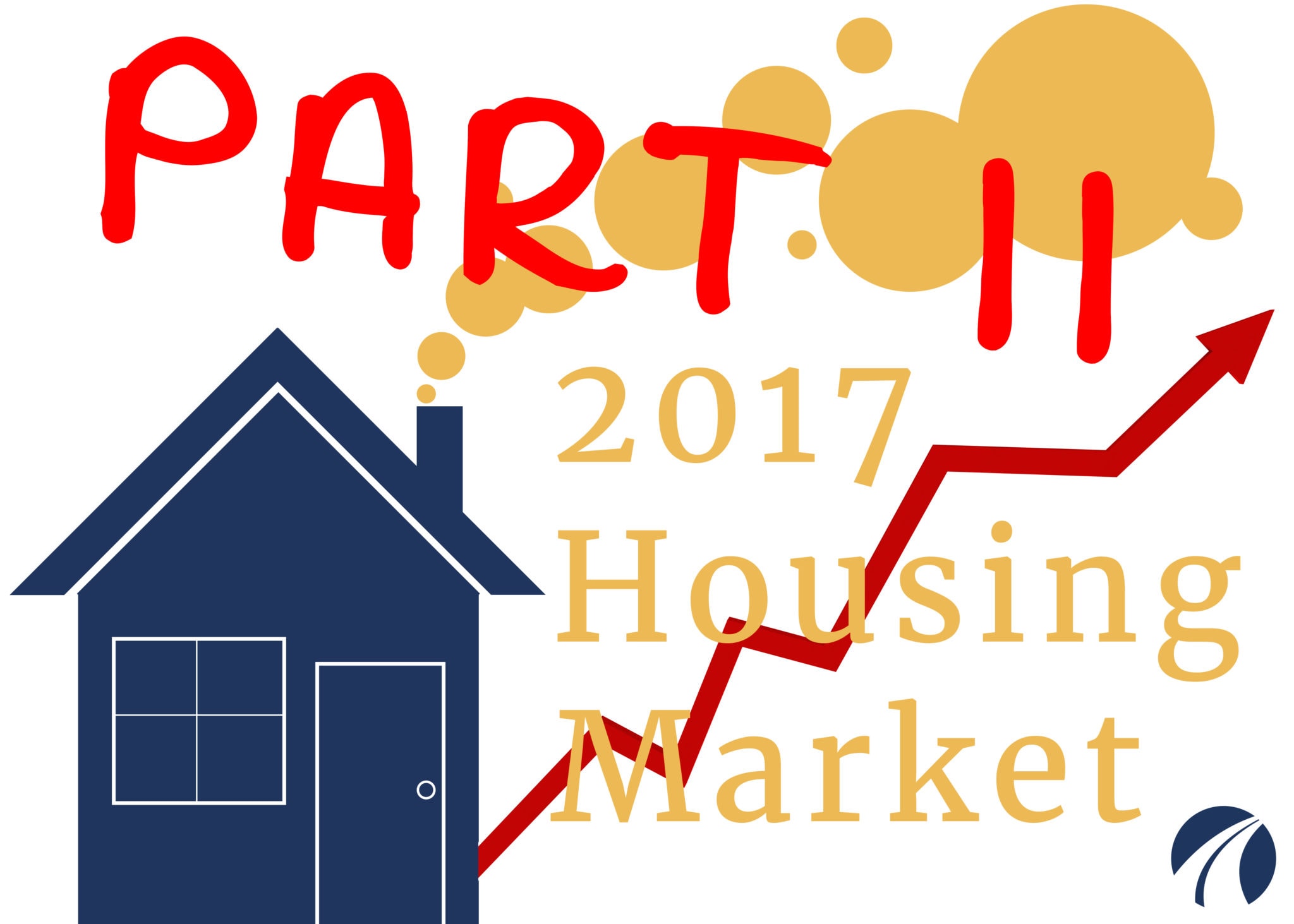2017 Housing Forecast PART II: The Conforming Loan Limit and its Impact on Home Sales
The conforming loan limit for a one-unit home has been lifted to $424,000 in 2017. In Part II of Union Street Media’s 2017 Housing Forecast, we explain conforming loan limits and examine the possible impact on the real estate market in 2017. If you missed Part I, you can read it here.
Background
Last November, the Federal Housing Finance Agency (FHFA) announced it would raise conforming loan limit in 2017. This is the first increase of its kind since 2008, when the conforming loan limit for a single-unit home was set at $417,000 in an attempt to stabilize the economy in the wake of the financial crisis. The Housing and Economic Recovery Act of 2008 dicates that the conforming loan limit is to be fixed at $417,000 until average U.S. home prices returned to pre-crisis levels. In the third quarter of 2016, home prices finally surpassed those of 2007, thus ending the nine-year freeze.
What is the conforming loan limit?
The conforming loan limit dictates the maximum size of a mortgage that Fannie Mae and Freddie Mac can guarantee to a bank. Often, when a bank grants a mortgage to a homebuyer, the bank will then sell the loan to Freddie Mac or Fannie Mae. That way, the bank recovers the entire loan amount immediately, instead of having to wait 15 or 30 years to be repaid in full by the homebuyer.
The conforming loan limit dissuades banks from granting exorbitant (risky) loans to homebuyers because the bank will not be able to sell the loan off to Fannie Mae or Freddie Mac. Conforming loans are considered lower risk, and therefore, typically qualify for lower down payments and lower interest rates.
A home loan that exceeds the conforming loan limit is known as a jumbo mortgage. Because these cannot be purchased by Fannie Mae or Freddie Mac, they are either sold to outside investors as part of mortgage backed securities, or retained by the bank.
Impact on Home Sales in 2017
For most of the country, the conforming loan limit has been lifted to $424,000 for a one-unit home. The loan limit will be higher in counties where 115% of the median home value exceeds $424,000. In those instances, the limit is set to $636,150 (150% of the baseline $424,000).
The increase in the conforming loan limit will allow qualified buyers access to a larger home loan which will increase purchasing power, so experts say real estate agents should be on the lookout for eager and able buyers in 2017. This, combined with buyers’ urgency brought on by increasing mortgage rates, could mean that the first two quarters of 2017 see homes sold a particularly fast rate.
It is important to remember that while loan limits have increased, lending standards have not softened. So, the average buyer will still need to have a healthy credit score and be able to make a downpayment in the 5-10% range in order to qualify for a conventional mortgage.









